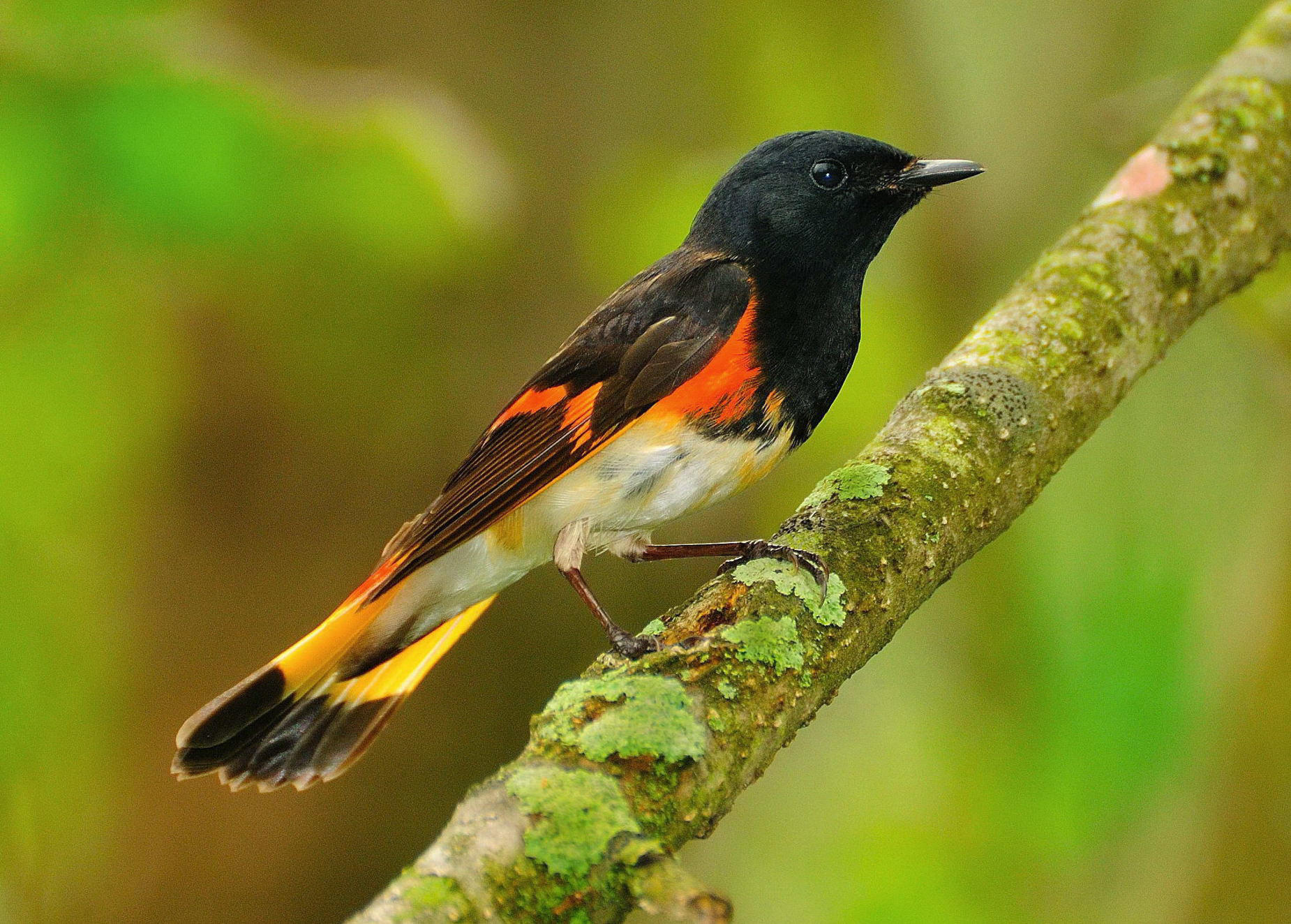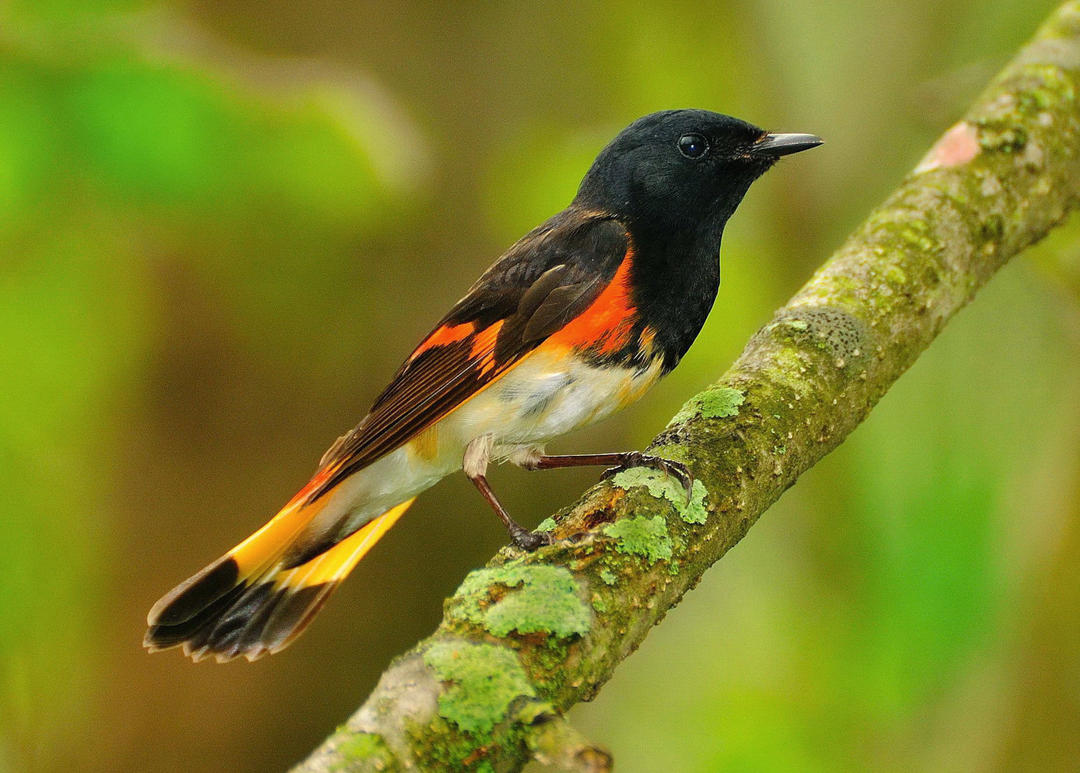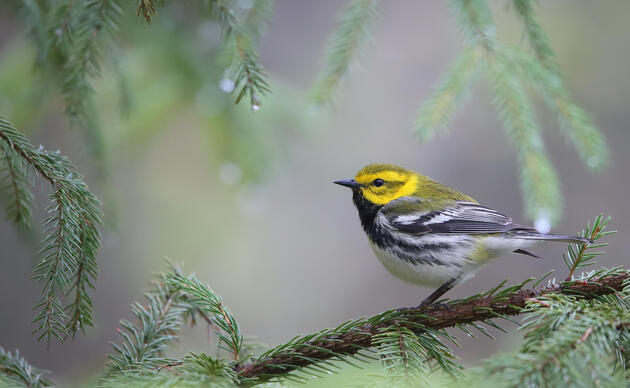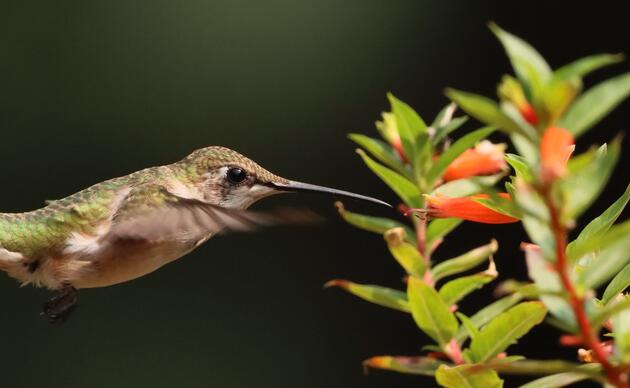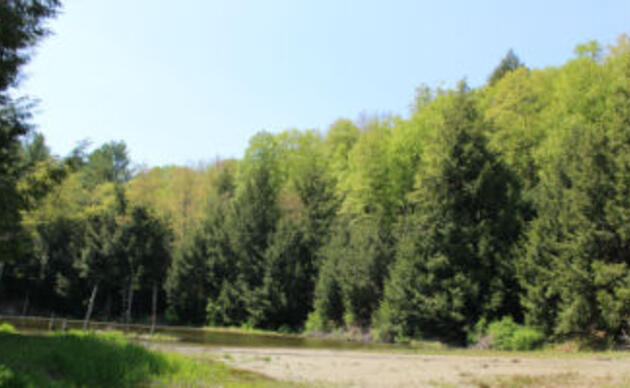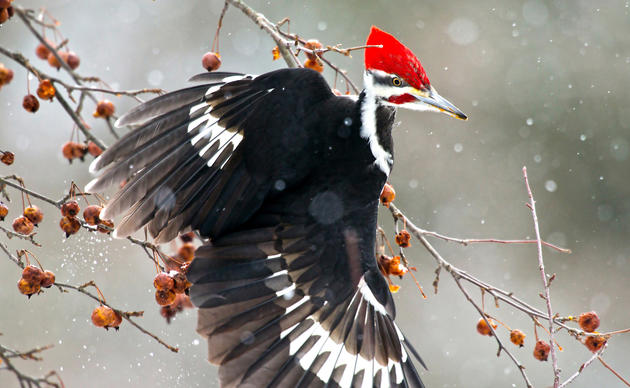Working with landowners and their foresters to steward the woods of Vermont
Vermont and northern New England forests are home to some of the highest concentrations of bird species breeding in the continental United States- making this region crucial habitat for local and hemispheric bird populations. Vermont landowners, who own about 76% of the state's forests, are key stewards of these crucial habitats and play an essential role in the long-term conservation of our forest ecosystems.
Audubon is here to provide Vermont forest landowners with the knowledge, tools, and resources needed to care for their woods and the biodiversity within them.
How the Program Works for Landowners
Our goal is to apply science-based strategies that support healthy, resilient forests on private lands. We want to help you and your forester (or connect you with one) so as to ensure that your forests provide quality habitat for birds and greater wildlife, become more resilient to climate change, and capture more carbon.
In 2025, we’re streamlining our approach to supporting landowners by working more directly with landowner's foresters to integrate ecological practices into forest management on private properties. If you don’t already have a forester, we’ll help connect you with an Audubon Vermont Endorsed forester—trained in ecological forest management practices, who can guide you in managing your forest for both its health and its long-term sustainability.
We also offer workshops, field walks, and other resources that will help you learn how to manage your land more effectively, ensuring that your forest thrives. To learn more, join the Audubon Vermont newsletter, and keep an eye on our event calendar.
What You Can Expect
• Expert Guidance: Whether you’re starting a new forest management plan or revising an existing one, we can assist you and your current forester—or connect you with an endorsed forester.
• Comprehensive Resources: You'll have access to a range of materials—from educational guides to management templates—that will help you make informed decisions for your land.
• Collaboration: If you're working with a forester, we can help them become trained up on these concepts and integrate bird-friendly forest management practices into your existing forest plan. If you don't have a forester, we’ll help you find one from our network of endorsed professionals.
How to Get Started
- Check out our digital resources for an overview. Explore the Birder’s Dozen by sight and sound and the Birds with Silviculture in Mind pocket guide to get a primer on these concepts. For a comprehensive guide for landowners looking to manage their forests with birds in mind, we suggest reading Managing your Woods with Birds in Mind- A Landowner Guide. Also, check out this recorded talk to learn more about this program.
-
Review our Eligibility Criteria and Forester Checklist with Your Forester. Having done so, if you and your forester are ready to work with us, then move on to step 3. If you need a forester, move on to step 4.
-
Submit an Application for Technical Support. If you've checked out the above resources and eligibility criteria and feel ready for on-the-ground support, please work with your forester to submit an application for technical assistance. We’ll then guide you through the next steps and help implement forest management strategies.
- Contact an Audubon-Endorsed Forester. If you need a forester, check our Endorsed Forester directory or contact us for more information.
We do this work through strong collaborative partnerships, including: Vermont Woodlands Association, Vermont Tree Farm Committee, Cold Hollow to Canada, Northwoods Stewardship Center, Vermont Coverts, Vermont's Natural Resources Conservation Service (NRCS), Vermont Fish and Wildlife Department, and Vermont's Department of Forests, Parks and Recreation.
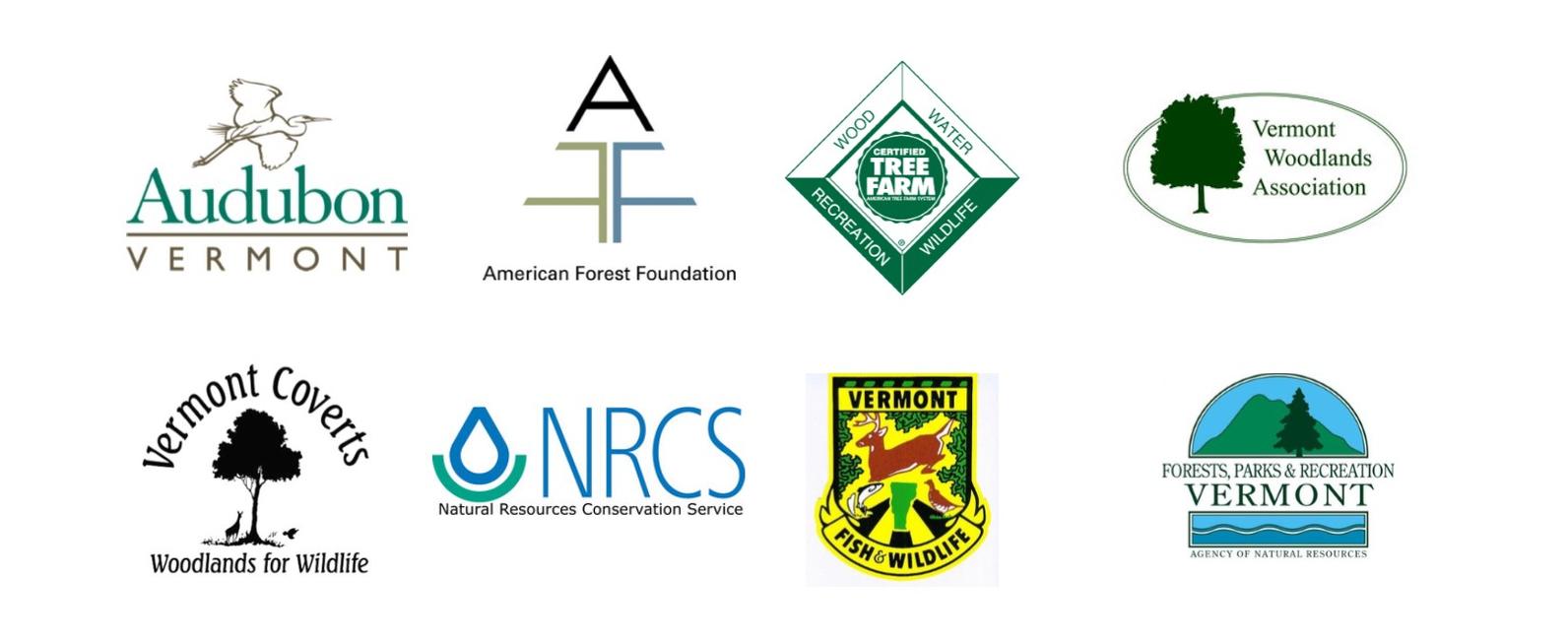
How you can help, right now
Donate to Audubon
Help secure a future for birds at risk from climate change, habitat loss and other threats. Your support will power our science, education, advocacy and on-the-ground conservation efforts.
Visit Audubon
It's always a good time to visit the Audubon Center. Trails are open to the public year-round. Visit us daily from dawn until dusk! Donations are appreciated.
Events
Adults, preschoolers, foresters, photographers, sugarmakers and families will all find opportunities to connect with nature.

